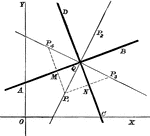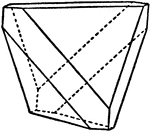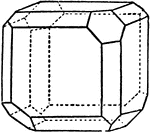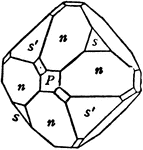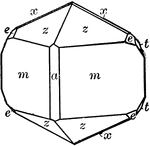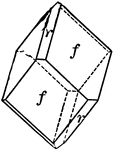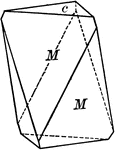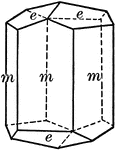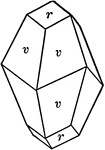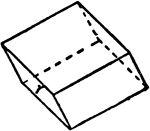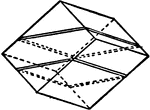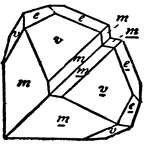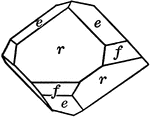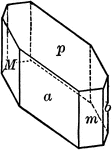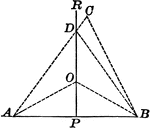
Perpendicular Bisector of a Line
Illustration showing that the perpendicular bisector of a given line is the locus of points equidistant…
Boat
Tangrams, invented by the Chinese, are used to develop geometric thinking and spatial sense. Seven figures…
Boat
Tangrams, invented by the Chinese, are used to develop geometric thinking and spatial sense. Seven figures…
Boat
Tangrams, invented by the Chinese, are used to develop geometric thinking and spatial sense. Seven figures…
Boat
Tangrams, invented by the Chinese, are used to develop geometric thinking and spatial sense. Seven figures…
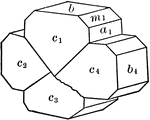
Bournonite
"Orthohombric. Crystals usually short prismatic to tabular. Sometimes quite complex with many prism,…

Calamine
"The only orthorhombic mineral of importance belonging to the hemimorphic class is calamine. When its…

Calamine
"Orthohombic, hemimorphic. Crystals usually tabular parallel to the brachypinacoid. They show prism…
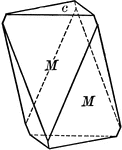
Calcite
"Hexagonal-rhombohedral. Crystals are very varied in habitat, often highly complex. Over 300 different…

Calcite
"Hexagonal-rhombohedral. Crystals are very varied in habitat, often highly complex. Over 300 different…
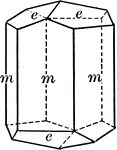
Calcite
"Hexagonal-rhombohedral. Crystals are very varied in habitat, often highly complex. Over 300 different…

Calcite
"Hexagonal-rhombohedral. Crystals are very varied in habitat, often highly complex. Over 300 different…
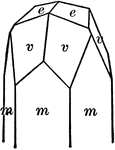
Calcite
"Hexagonal-rhombohedral. Crystals are very varied in habitat, often highly complex. Over 300 different…
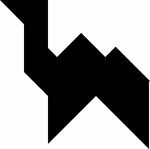
Camel
Tangrams, invented by the Chinese, are used to develop geometric thinking and spatial sense. Seven figures…
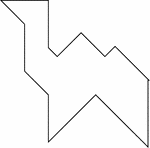
Camel
Tangrams, invented by the Chinese, are used to develop geometric thinking and spatial sense. Seven figures…
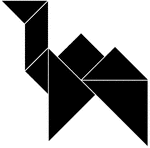
Camel
Tangrams, invented by the Chinese, are used to develop geometric thinking and spatial sense. Seven figures…
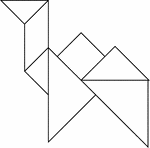
Camel
Tangrams, invented by the Chinese, are used to develop geometric thinking and spatial sense. Seven figures…

Cassiterite
"Tetragonal. Common forms are prisms and pyramids of first and second orders." — Ford, 1912
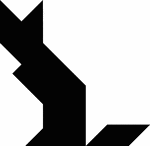
Cat
Tangrams, invented by the Chinese, are used to develop geometric thinking and spatial sense. Seven figures…
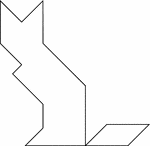
Cat
Tangrams, invented by the Chinese, are used to develop geometric thinking and spatial sense. Seven figures…
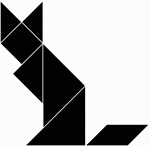
Cat
Tangrams, invented by the Chinese, are used to develop geometric thinking and spatial sense. Seven figures…
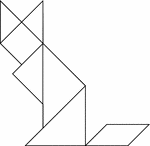
Cat
Tangrams, invented by the Chinese, are used to develop geometric thinking and spatial sense. Seven figures…
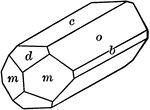
Celestite
"Orthorhombic. Crystals resemble closely those of barite. Commonly tabular parallel to the base or prismatic…

Construction Of A Center And Radius Of A Circle That Will Tangent A Given Circle And Line
An illustration showing how to construct the center and radius of a circle that will tangent a given…
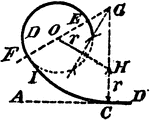
Construction Of A Center And Radius Of A Circle That Will Tangent A Given Circle And Line
An illustration showing how to construct the center and radius of a circle that will tangent a given…

Construction Of A Center And Radius Of A Circle That Will Tangent A Given Circle
An illustration showing how to construct the center and radius of a circle that will tangent a given…

Construction Of The Center And Radius Of A Circle Tangent To Triangle Sides
An illustration showing how to construct a center and radius of a circle that will tangent the three…

Symmetry center
"A crystal has a center of symmetry if an imaginary line is passed from some point on its surface through…

Cerussite
"Habit varied and crystal show many forms. Crystals often tabular parallel to brachypinacoid." —…
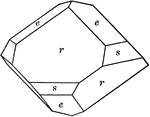
Chabazite
"Hexagonal-rhombohedral. Common form is the simple rhombohedron, r, having nearly cubic angles. May…
